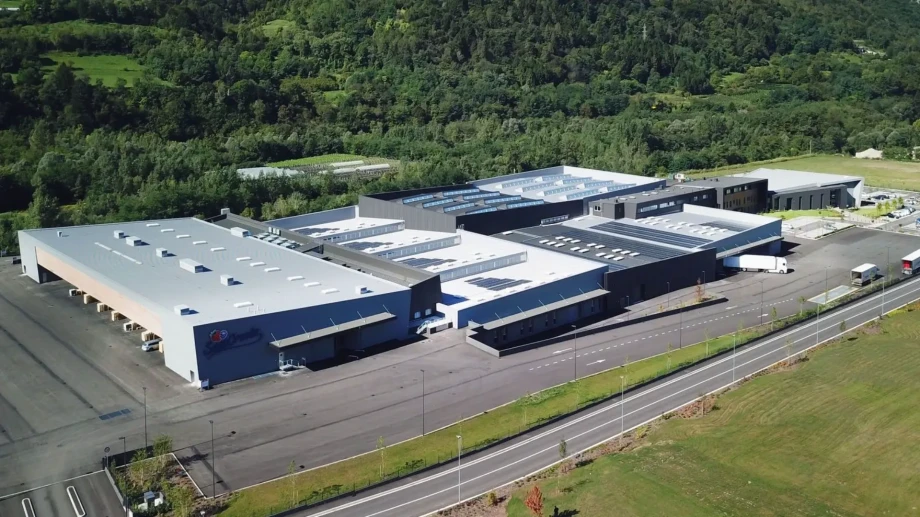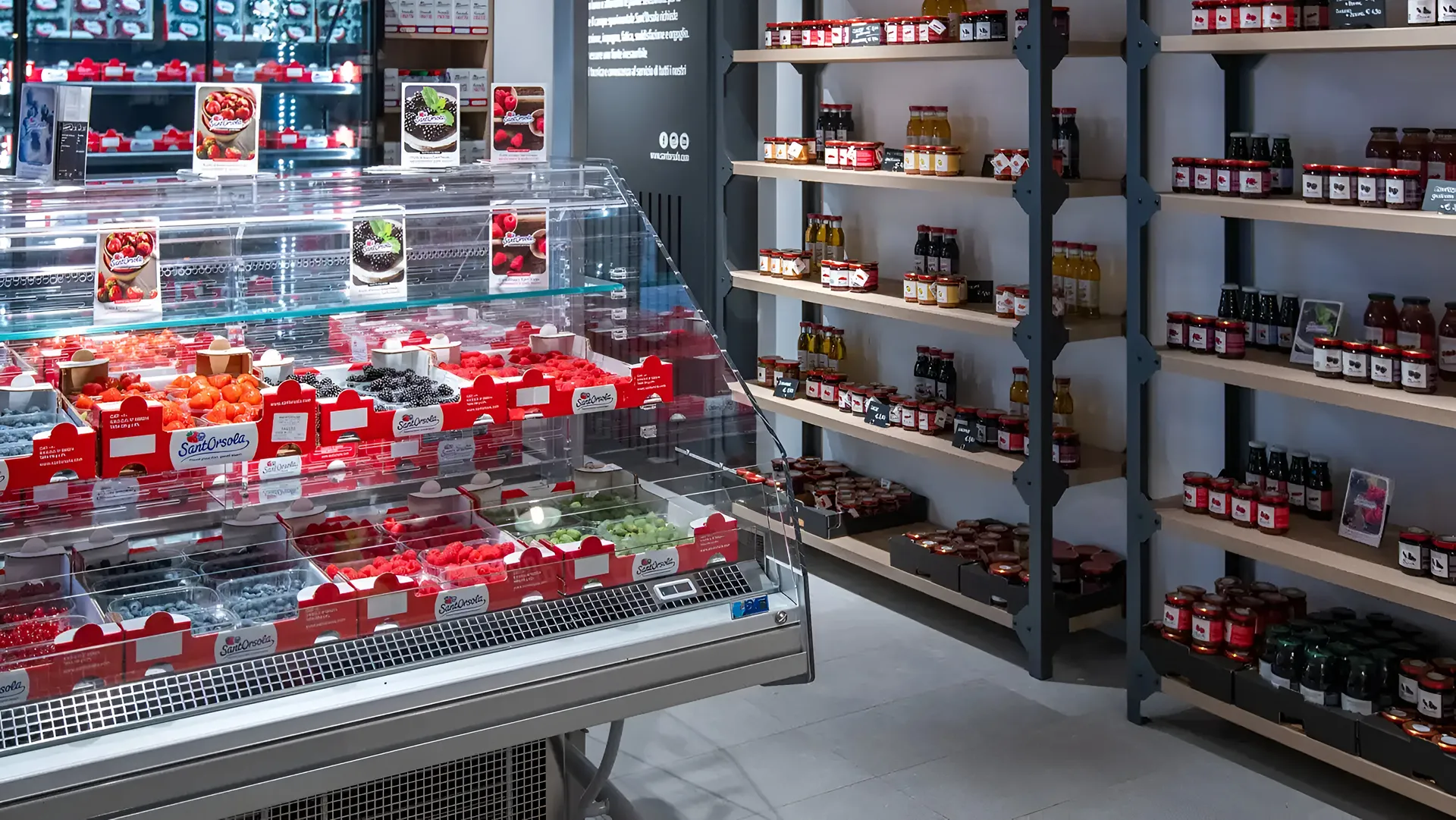At the Sant'Orsola agricultural cooperative, a special "Trentino greenhouse" is in the planning phase, designed to be resistant to climate change, with green coverings well integrated into the landscape and an internal microclimate suitable for the cultivation of strawberries and small fruits. The cultivation of these fruits has become impossible due to temperatures reaching 45 degrees in the tunnels. It is expected that by the end of 2024, there will be the final model of the greenhouse with optimized microclimate. This involves renowned international researchers, including both Italian and Dutch experts.
Builders, industry technicians, and landscape experts are also involved, and on January 26th, they presented the initial results of a study and design project at the cooperative's auditorium. This initiative, initiated in 2023 by the cooperative, aims to create a new greenhouse for strawberries and small fruits suitable for the region's altitudes. This is crucial to counter the increasingly impactful effects of climate change on agricultural productions. The new design aims to enable cooperative growers to continue their activities safely.
The Trentino greenhouse will be robust, ovoid in shape, and seamlessly integrated into the environment with its new green coverings. Sant'Orsola cooperative can offer its 600 Trentino members an entirely new and resistant module capable of withstanding strong winds, heavy rainfall, and severe hailstorms. The ultimate goal is to create an eco-sustainable greenhouse beneficial to both workers and the environment, respecting the landscape.
In the current year, the research and studies initiated in 2023 to create a new internal microclimate to mitigate the now excessively high and ever-increasing temperatures will conclude. Last summer, temperatures reached 45 degrees in Trentino greenhouses and 52 degrees in those where members were working in Southern Italy.
Collaborative experiments between the Sant'Orsola cooperative and researchers from Wageningen University in the Netherlands, including Cecilia Stanghellini and Isabella Righini, were conducted. They presented their work aimed at finding necessary balances within the greenhouses, evaluating the use of specific green netting on external coverings and misting the internal air without compromising the production of strawberries and small fruits, preserving their high quality and nutritional value.
They experimented with possible microclimates last year in installations owned by a Sant'Orsola member in Valsugana and will continue this year to optimize and refine the significant results achieved.
The work carried out will lead to a microclimate project applicable to the new Trentino greenhouse, increasing its volumes and constructing structures much more resistant than the current ones, as emphasized by the president of the Sant'Orsola cooperative, Silvio Bertoldi, opening the third meeting aimed at providing a comprehensive package of solutions to members. In the first two meetings, topics such as suitable insurance coverages in times of climate change and appropriate methods for accessing credit to invest in new structures were addressed.
"The growth of knowledge is in Sant'Orsola's DNA since its inception – the constant search for new cultivation techniques, varieties, and methods that can increase the members' revenues. Not just to enhance the value of the contributed products but to engage in collective business. This is our way of being a cooperative, just like a collective enterprise," emphasized Sant'Orsola's director, Matteo Bortolini, in his intervention.
Connecting the conducted experiments to the new investments necessary to face climate change, he stressed that investing in a greenhouse is the primary tool for cultivating and producing berries, a costly yet crucial endeavor that must have a technical-scientific direction supported by significant research and sector experiences. "The decision to do or not to do always remains with the individual company, but I think being able to decide based on a shared and supported analysis makes the decision less 'anxious,'" added the director.
"The new Trentino greenhouse will be located in territories tightly controlled by a complex package of public urban planning regulations that certainly do not facilitate the entrepreneur," stated architect Marcello Lubian, a renowned landscape and urban redevelopment designer. He highlighted the need to evolve, refine, and simplify the regulatory framework related to the tunnel/greenhouse cultivation system for small fruits.
Source: Trentino










